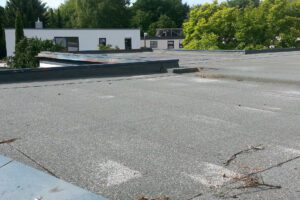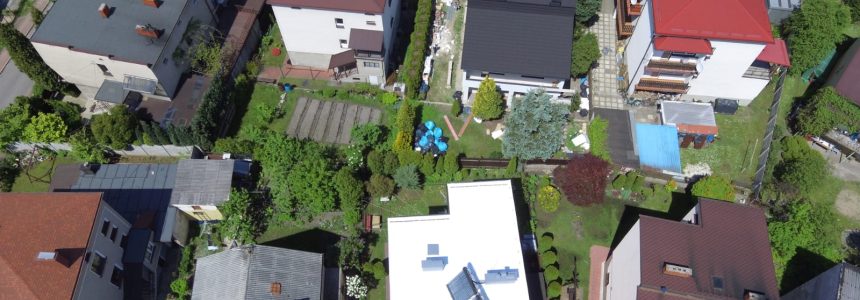

There’s an undeniable allure to old homes. Their walls whisper tales of bygone eras, and their distinct architectural styles beckon to those who appreciate a touch of history. However, as homeowners of such vintage beauties would attest, this charm often comes with a caveat—roofing challenges.
A roof doesn’t just shelter—it battles. From relentless summer suns to torrential rains and harsh winters, roofs bear the brunt of nature’s mood swings. And when the roof is several decades old, these beatings can manifest as leaks, cracks, and weakened structural integrity.
Historically, roofing choices, driven by availability and cost considerations, hovered around materials like tar paper and metal. Functional in their prime, they were the shields of yesteryear’s homes. But time, coupled with natural elements, has a way of diminishing even the most robust barriers.
Materials, no matter how superior, degrade over time. With prolonged exposure to diverse weather conditions, even the once-reliable tar paper and metal roofs can begin to show signs of wear, tear, and damage, necessitating urgent attention.
On the surface, an old roof might just exhibit cosmetic issues—a missing tile here, a patch of mold there. However, dive deeper, and you might find more pressing concerns: rotting wood, moisture-induced mold growth, and structural weaknesses threatening the home’s very foundation.
One of the underestimated aspects of an aging roof is its potential to instigate a series of problems. A minor leak can escalate into significant structural damage, emphasizing the need for timely and effective intervention.
Past owners might not have been as diligent with maintenance, and the cumulative neglect could compound roofing problems. Before any restoration, it’s crucial to understand the entire structure, assessing areas that need reinforcements or replacements.
A popular fix is to layer a new roof atop the old. But herein lies a challenge—weight. Aging homes, with their equally elderly trusses, might not be equipped to bear the burden of added layers, demanding careful consideration.
In the quest to find modern solutions for old roofing woes, liquid roof membranes, especially products like Hydronylon, emerge as saviors. They seal, protect, and beautify, offering a trifecta of benefits for homeowners.
Gone are the days when roofing was a purely functional choice. Today, homeowners want the best of both worlds—a roof that not only stands strong against the elements but also elevates the home’s aesthetic appeal. And that’s where modern solutions shine.
The traditional route to roof refurbishment is seldom easy on the pocket. Stripping away old structures, procuring materials, and labor charges can quickly stack up, making homeowners apprehensive about restoration projects.
Enter modern roofing solutions. Not only do they promise longevity and aesthetics, but they also offer cost-effectiveness. Liquid membranes, for instance, negate the need for complete overhauls, saving both time and money.
History and modernity needn’t be at odds, especially when it comes to homes. As we’ve explored, even the most challenging aspect of older homes—the roof—can find its contemporary counterpart. With innovations like Hydronylon, homeowners can now seamlessly integrate the past’s charm with the future’s functionality.